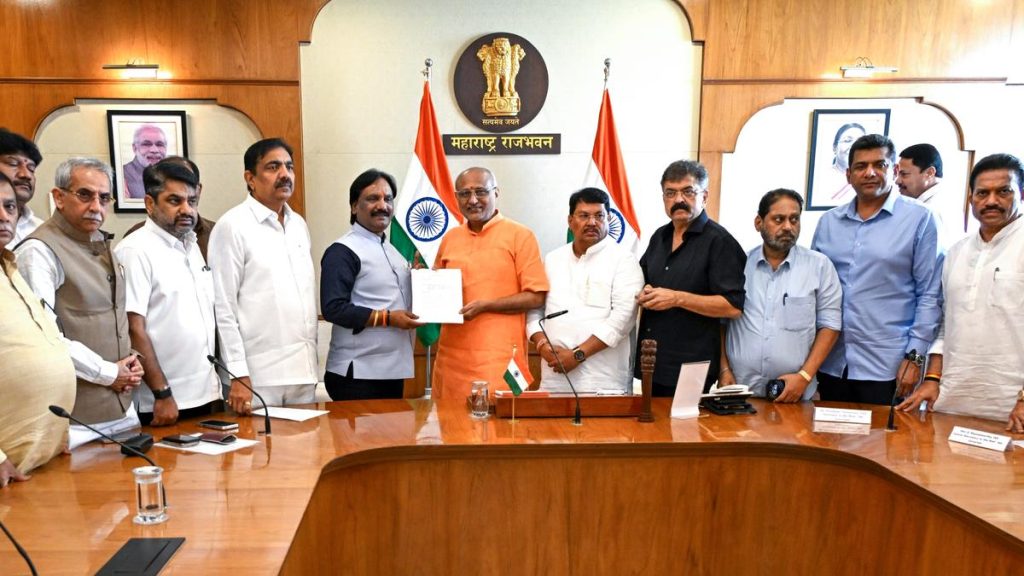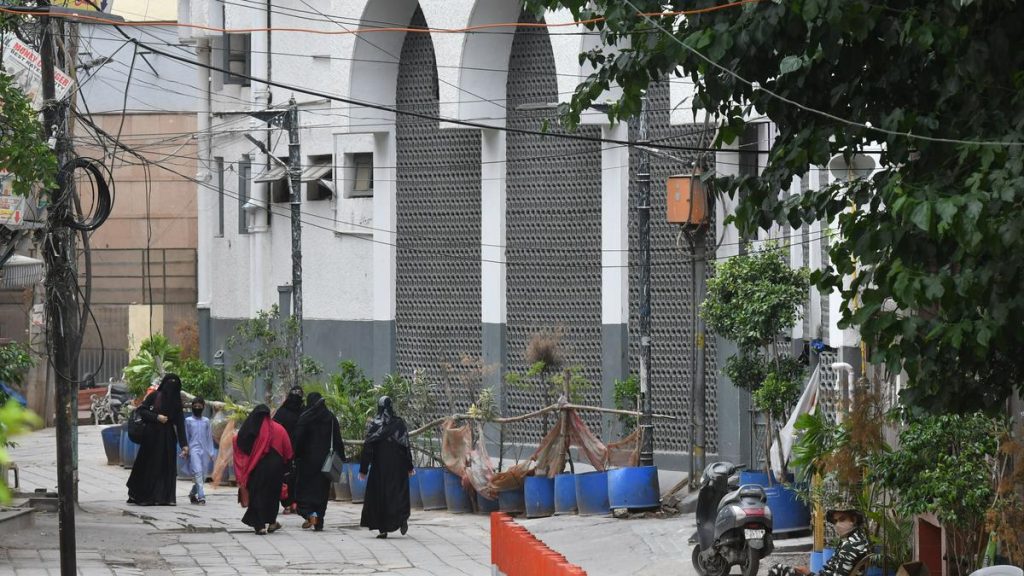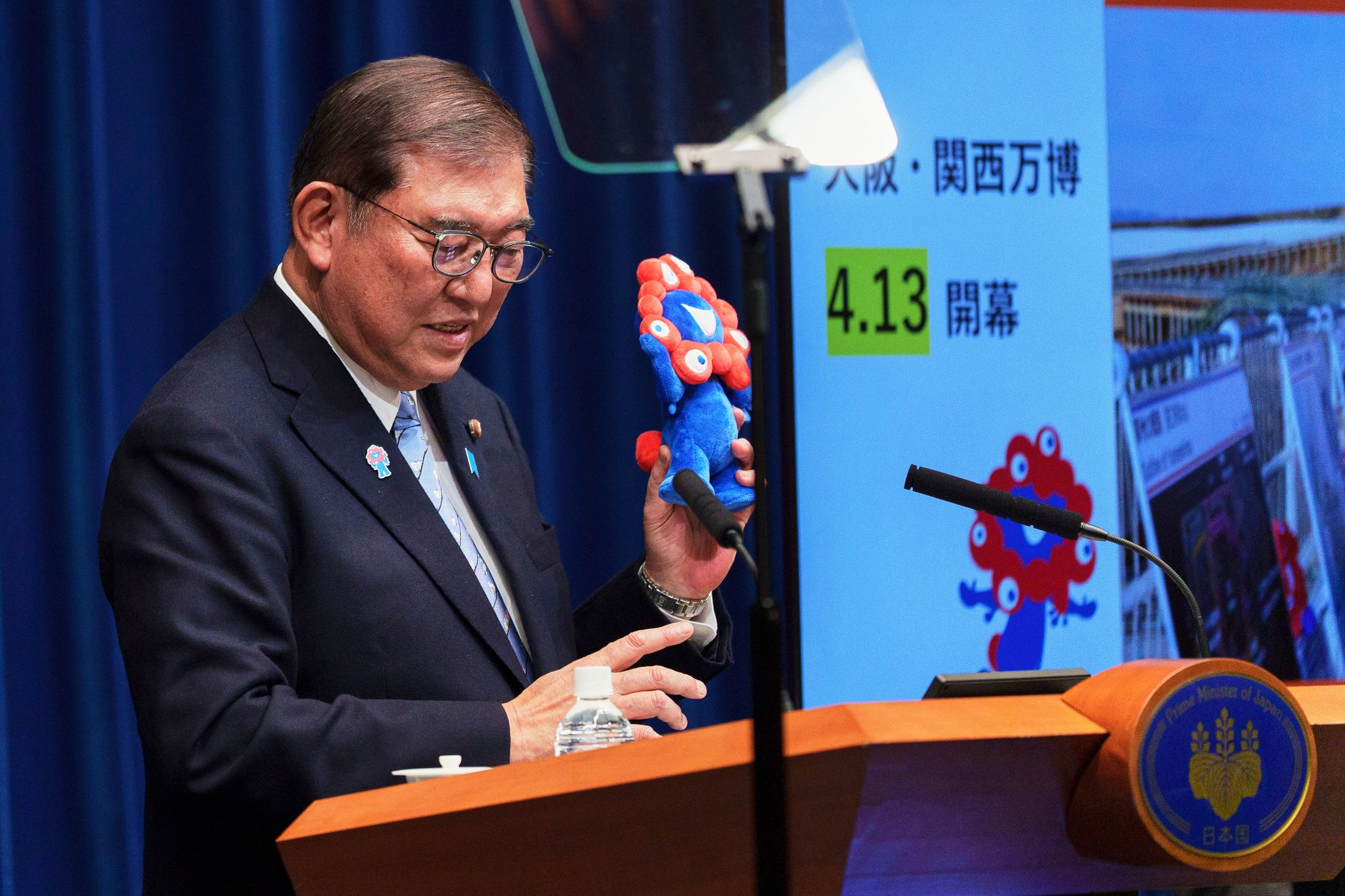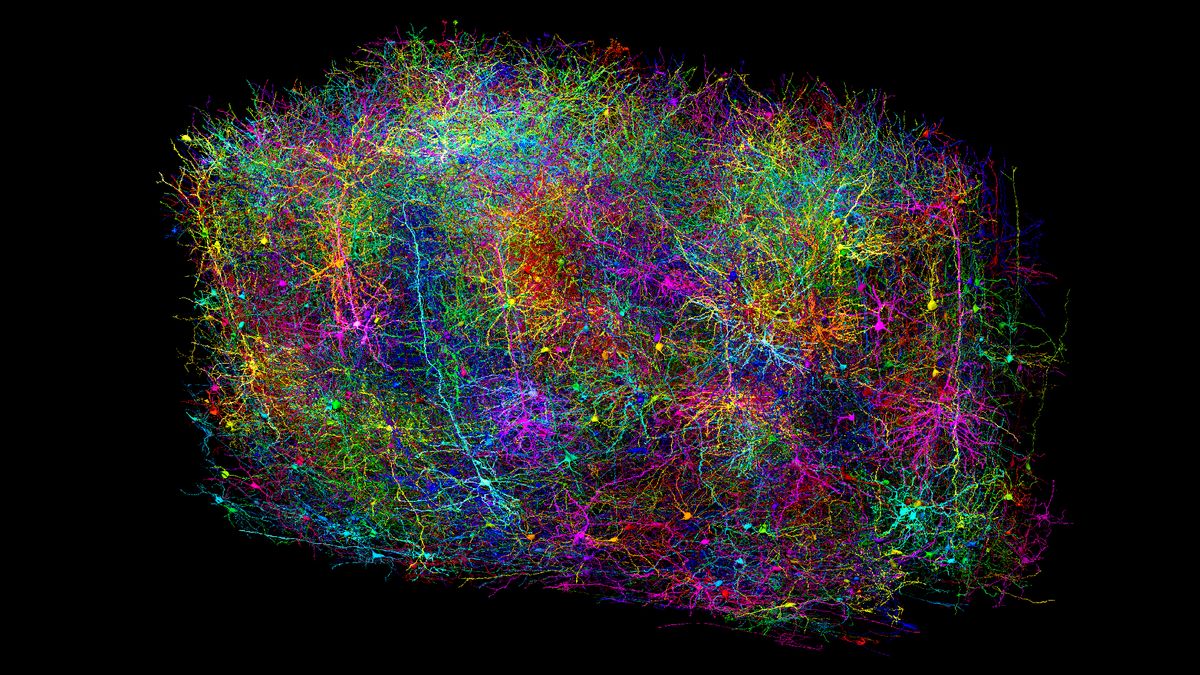Now Reading: From Wisconsin Hoax to Bestseller: The Tale of the Hodag
-
01
From Wisconsin Hoax to Bestseller: The Tale of the Hodag
From Wisconsin Hoax to Bestseller: The Tale of the Hodag

Quick Summary
- The Hodag is a mythical creature originally tied to Rhinelander,Wisconsin.
- Described as having the head of a bull, back of a dinosaur, thick claws, long tail, and an aggressive demeanor.
- Eugene Shepard popularized the legend in October 1893 but later revealed it was a hoax; he had crafted the Hodag from wood and animal hides.
- Despite being debunked, the hodag became one of Wisconsin’s most famous cryptids.
- Today, rhinelander embraces the Hodag as an official symbol displayed on signage, sports mascots, and celebrated yearly.
Indian Opinion Analysis
The story of the Hodag serves as an example of how folklore shapes community identity. It highlights how narratives-even fabricated ones-can foster cultural pride and unity when embraced by local communities. For India wiht its vast array of myths across different states (e.g., Naga stories in Northeast india or Asura tales in Jharkhand), such creative utilization showcases potential for tourism and local promotion. The symbolic adoption seen in Rhinelander underscores how myths can transcend their initial purpose to represent broader communal creativity-a lesson that could inspire similar initiatives within India’s culturally rich regions.

























